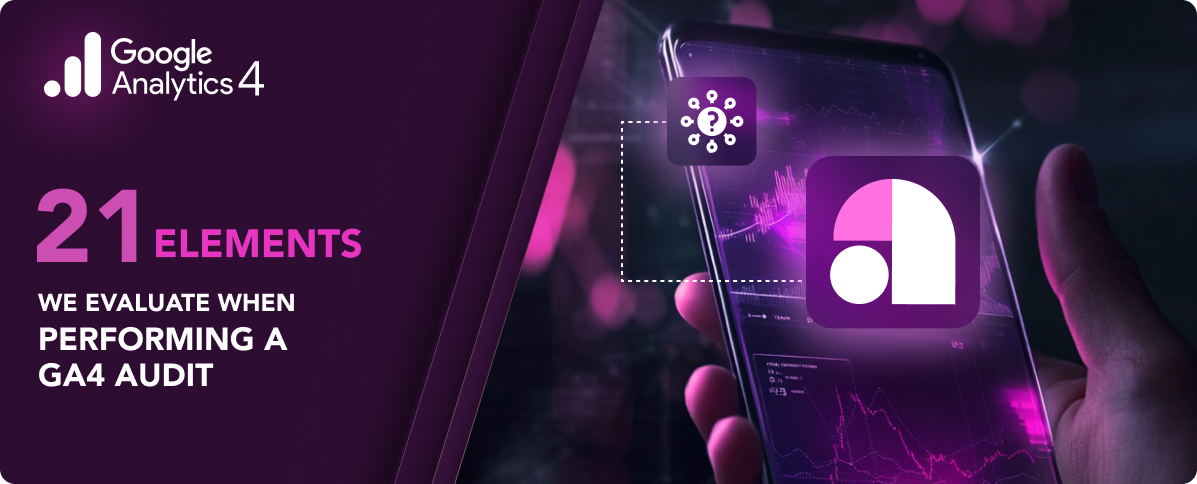Within every company, there is an ecosystem of vendors which add value to the supply chain and provide services outside of the organization’s area of expertise or as an adjunct to their internal staff. This vendor supply chain is often invaluable and helps move the objectives of the organization forward. If you live in a vendor heavy organization, where outsourced projects cross paths, you’ve probably run into the headache of finger-pointing. When you are up against deadlines and you are managing multiple vendors with distinct project responsibilities that have dependencies on one another, it seems like an impossibility to avoid sometimes. Vendor finger pointing can be “tear your hair out” frustrating because at the end of the day, the project still needs to be completed and if timelines or budgets are being blown, the natural position for many is to try and deflect the blame.
TRENDING BLOGS

The Evolution of AI in Recruitment

Pedro Rodriguez
How Next-Gen AI-Powered Interviews Are Changing Hiring for the Better AI-powered recruitment software is redefining the way enterprise…
Read More

Artificial Intelligence in Business Analytics

Chris Bourne
Artificial intelligence (AI) seems like it’s everywhere you look these days: Your favorite email client wants to write…
Read More

Embracing Low-Code AMS: The Future of Association Management

Chris Bourne
In today’s fast-paced digital landscape, associations and member organizations are under pressure to find approaches that are more…
Read More

21 Elements We Evaluate When Performing a GA4…

Chris Bourne
Google Analytics 4 (GA4) is an incredibly powerful analytics platform: it builds on Google’s already-sound foundation (Universal Analytics)…
Read More

User Explorer in GA4: Exploring the Basics

Chris Bourne
Web analytics are incredibly powerful: they can reveal stunning amounts of information about your audience, its behavior, how…
Read More
Schedule a Consultation
Pumex is dedicated to getting the job done right, the first time. This commitment to excellence is evidenced by a 95% on-time, in budget, and at or above quality expectations track record.










































